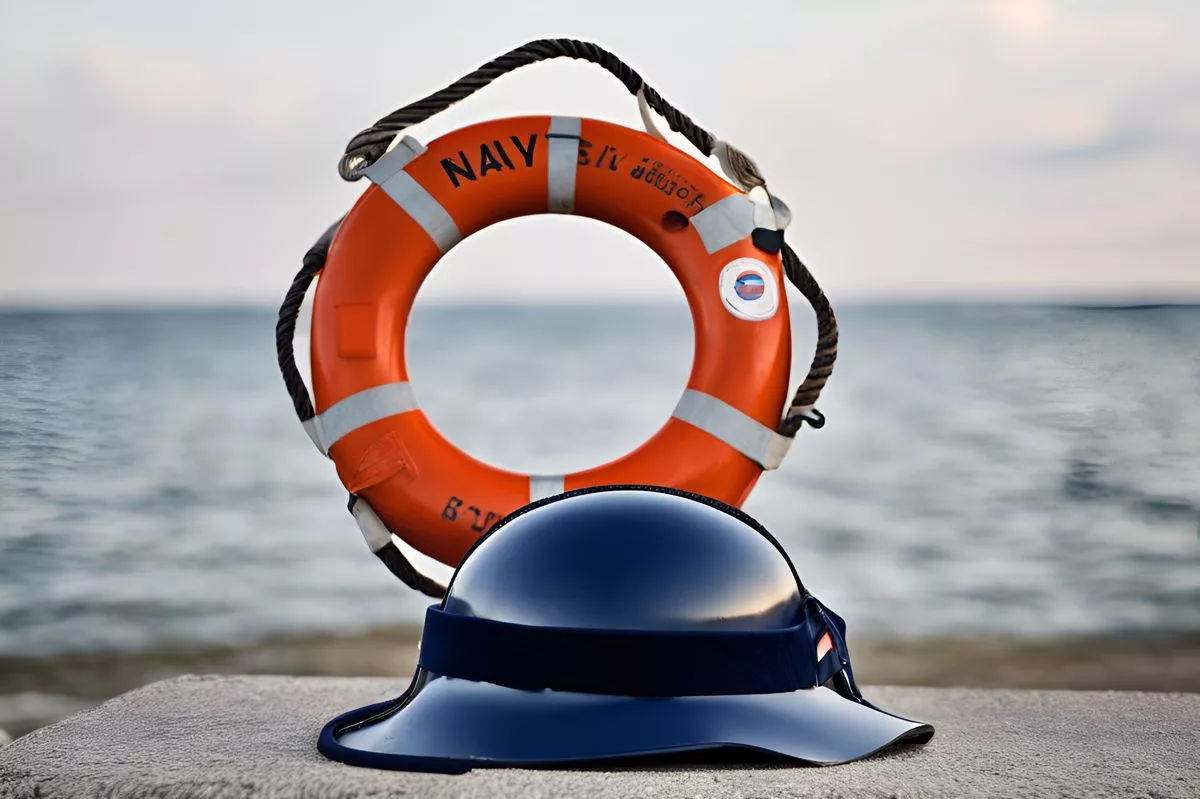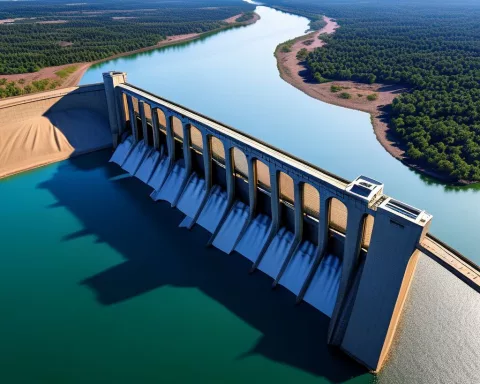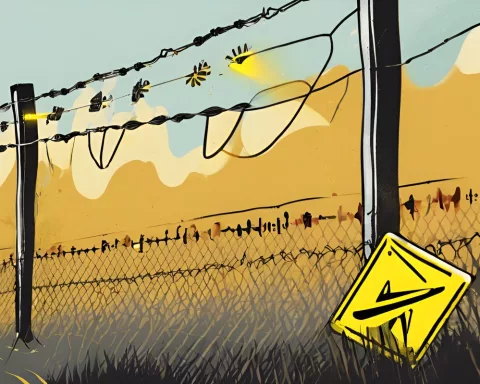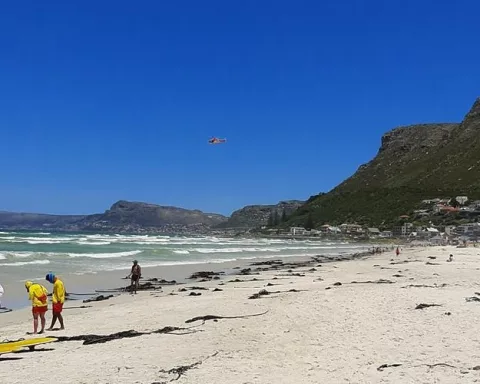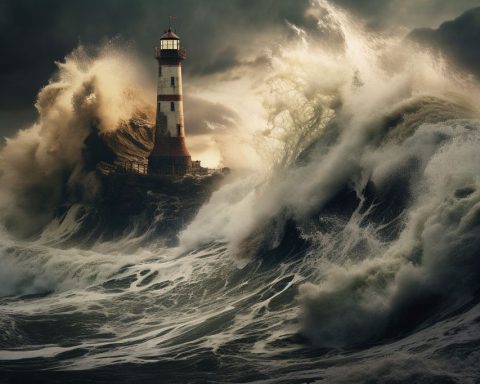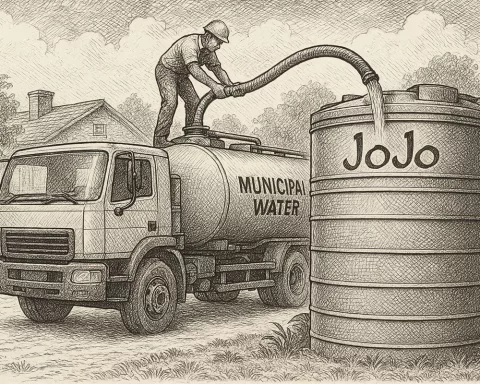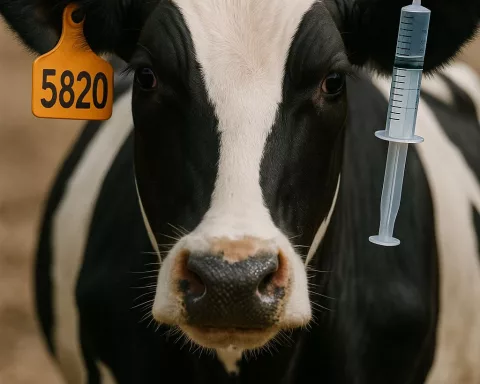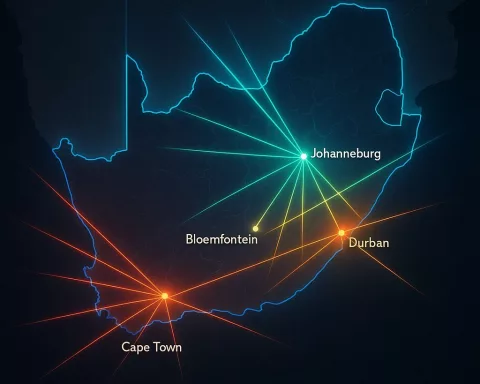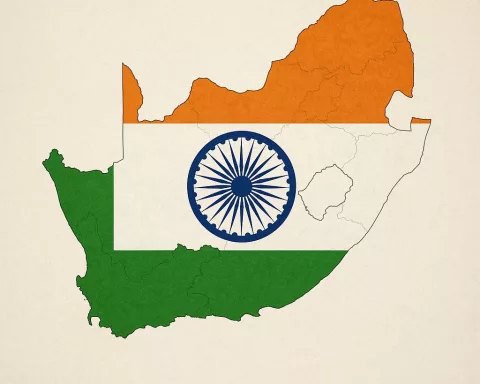In September 2023, a routine South African Navy drill turned into a tragedy when an abnormal wave hit the SAS Manthatisi submarine, taking the lives of three sailors. Despite their utmost efforts, they were unable to prevent the catastrophe. The aftermath led to several improvements in the safety regulations of naval operations, including the replacement of life jackets with versions capable of supporting up to 270kg and the strengthening and shortening of the safety line. The legacy of the heroic sailors continues to inspire and is immortalized in the bravery of their comrades.
Cape Town Naval Tragedy: A routine South African Navy drill turned into a watery grave when an abnormal wave smashed into the SAS Manthatisi submarine, taking the lives of three sailors engaged in a regular naval task. Despite their utmost efforts, they were unable to prevent the ensuing catastrophe. The aftermath brought several areas of improvement in the safety regulations of naval operations.
A Frantic Commotion in Calm Waters
In September 2023, Cape Town’s otherwise bustling cityscape was overshadowed by a heart-wrenching incident off the coast of Kommetjie. An unusual mishap during a routine South African Navy drill saw the unanticipated transformation of calm seawater into a watery grave. An abnormal wave smashed into the SAS Manthatisi submarine, taking the lives of Lieutenant-Commander Gillian Elizabeth Hector (33), Master Warrant Officer William Masela Mathipa (48), and Warrant Officer Class One Mmokwapa Lucas Mojela (43).
The sailors were engaged in a regular naval task of vertical replenishment (Vertrep), a procedure involving the helicopter-aided dispatch of cargo to ships. Vice-Admiral Monde Lobese, the Chief of the South African Navy, affirmed that there had been no forewarnings on the day of the calamity. The weather was under control, and similar Vertrep had been successfully carried out under comparable or even worse circumstances before.
However, the unpredictable fury of the sea had the ultimate word as an unexpected wave engulfed the ship. The sailors, safely tethered to safety lines, were ruthlessly hurled into the raging sea. The abrupt twist of events caught the crew off guard, and despite their utmost efforts, they were unable to prevent the ensuing catastrophe.
Tragic Turn of Events
Lobese narrated the horrifying series of events, explaining how Lieutenant-Commander Hector was rendered unconscious after colliding with the submarine’s hull. As a safety swimmer attempted a rescue, she was resuscitated and began breathing. However, another unusual wave washed them back into the sea. Amid the chaos, Hector remained secured to the safety line – a tiny glimmer of hope in the prevailing darkness.
The crew displayed extraordinary courage, rushing to the aid of their colleagues. Their heroic efforts were interrupted by another enormous wave that dispersed them. The National Sea Rescue Institute (NSRI) managed to save some of the sailors, but despite their relentless attempts, they could not revive Mathipa or Mojela. Their energy was sapped by the harsh elements and their cumbersome gear, leaving them to helplessly drift in the frigid waters.
Lobese paid a heartfelt tribute to the gallant mariners, describing them as heroic figures who upheld the Code of Conduct for Uniformed Members, demonstrating bravery and deep-seated duty even in the face of grave danger. He insisted that the sailors had been thoroughly proficient and well-prepared for their duties, and their untimely demise was a brutal consequence of an unpredictable act of nature.
Lessons Learned and Measures Taken
In the aftermath of this tragic event, an investigation brought to light several areas of improvement in the safety regulations of naval operations. The life jackets, for instance, were of the standard type, designed to support only up to 12kg. They have since been replaced with versions capable of supporting up to 270kg. The safety line, initially not intended to support multiple individuals and deemed excessively lengthy, has been strengthened and shortened.
The South African Navy has also revamped its safety equipment requirements. Submarine crew members are now equipped with safety helmets, and every sailor is given a Man Over Board locator beacon. The Navy is mulling over a new prerequisite for the submarine’s rescue personnel – they should not only be well-versed with water operations but also strong swimmers.
In its journey to overcome adversity, the South African Navy is taking significant strides to prevent a recurrence of such an incident. This poignant event and its aftermath serve as a potent reminder of the sea’s hazards and the courage required to navigate its unpredictable depths. The courageous legacy of Hector, Mathipa, and Mojela continues to inspire and is immortalized in the improved safety standards and the bravery of their comrades.
What happened during the Cape Town Naval Tragedy?
During a routine South African Navy drill in September 2023, an abnormal wave hit the SAS Manthatisi submarine, taking the lives of three sailors engaged in a regular naval task. Despite their utmost efforts, they were unable to prevent the ensuing catastrophe.
Who were the victims of the Cape Town Naval Tragedy?
The victims of the Cape Town Naval Tragedy were Lieutenant-Commander Gillian Elizabeth Hector (33), Master Warrant Officer William Masela Mathipa (48), and Warrant Officer Class One Mmokwapa Lucas Mojela (43).
What improvements have been made in the safety regulations of naval operations after the Cape Town Naval Tragedy?
After the Cape Town Naval Tragedy, improvements have been made in the safety regulations of naval operations. The life jackets have been replaced with versions capable of supporting up to 270kg, and the safety line has been strengthened and shortened. The South African Navy has also revamped its safety equipment requirements, including safety helmets and Man Over Board locator beacons.
How did the crew respond to the Cape Town Naval Tragedy?
The crew responded to the Cape Town Naval Tragedy with extraordinary courage, rushing to the aid of their colleagues despite the unpredictable fury of the sea. Their heroic efforts were interrupted by another enormous wave that dispersed them.
What is the legacy of the sailors who lost their lives in the Cape Town Naval Tragedy?
The legacy of the sailors who lost their lives in the Cape Town Naval Tragedy continues to inspire and is immortalized in the improved safety standards and the bravery of their comrades.
What was the investigation’s conclusion after the Cape Town Naval Tragedy?
The investigation after the Cape Town Naval Tragedy brought to light several areas of improvement in the safety regulations of naval operations, including the need for stronger and more supportive life jackets and shorter safety lines that can support multiple individuals. The Navy is also considering new prerequisites for submarine rescue personnel, including strong swimming skills.

